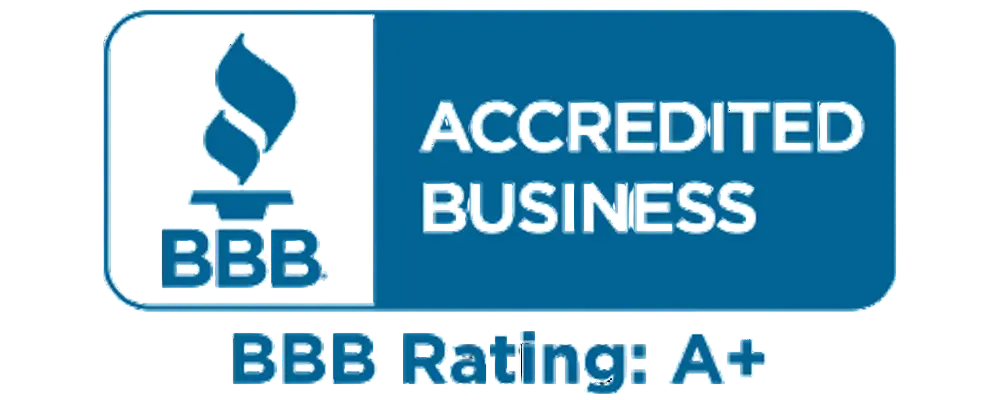Download free PDF
Bacterial and Viral Specimen Collection Market Size – By Product, By Application, By Indication, By End Use & Global Forecast, 2025 – 2034
Report ID: GMI13315
|
Published Date: March 2025
|
Report Format: PDF
Download Free PDF
Authors: Mariam Faizullabhoy, Gauri Wani



Premium Report Details
Base Year: 2024
Companies covered: 15
Tables & Figures: 266
Countries covered: 19
Pages: 138
Download Free PDF

Bacterial and Viral Specimen Collection Market
Get a free sample of this report
Get a free sample of this report Bacterial and Viral Specimen Collection Market
Is your requirement urgent? Please give us your business email
for a speedy delivery!





Bacterial and Viral Specimen Collection Market Size
The global bacterial and viral specimen collection market was estimated at USD 24.6 billion in 2024 and is set to reach USD 89.4 billion by 2034, growing at a CAGR of 13.9% during 2025 to 2034. Bacterial and viral specimen collection refers to the systematic process of obtaining biological samples, such as swabs, fluids, or tissues, from a patient or an environment for the purpose of diagnosing bacterial or viral infections.
The global bacterial and viral specimen collection market is witnessing substantial growth, fueled by the increasing prevalence of infectious diseases worldwide. For instance, according to the World Health Organization (WHO), diseases such as malaria, tuberculosis (TB), and HIV/AIDS continue to pose significant global health challenges.
In 2022, malaria accounted for 249 million cases and 608,000 deaths, while TB affected 10.8 million individuals globally in 2023, resulting in 1.25 million deaths, including 161,000 among people living with HIV. Thus, these statistics highlight the need for advanced bacterial and viral specimen collection tools which enable accurate pathogen detection, early diagnosis, and effective treatment. This demand is driving innovation in swabs, transport media, and automated systems for efficient infectious disease management.
Additionally, the increasing importance on preventive healthcare has significantly constructed the demand for effective bacterial and viral specimen collection methods, which helps in early disease detection, monitoring and timely medical intervention. Public health initiatives and global surveillance programs have created the need for the high-quality specimen collection, specifically used in light of pandemics such as the COVID-19 and emerging infectious diseases. Further, government initiatives such as World Health Organization have implemented infection control guidelines and screening programs, escalating the adoption of advanced specimen collection kits.
For example, the Global Influenza Surveillance and Response System (GISRS), the mission of GISRS is to protect people from the threat of influenza by continuously functioning as a global mechanism of surveillance, preparedness and response for seasonal, pandemic and zoonotic influenza, global platform for monitoring influenza epidemiology and disease; and global alert for novel influenza viruses and other respiratory pathogens. Moreover, the growing need for accurate diagnostics and advancements in diagnostic technologies, are propelling market growth.
Bacterial and Viral Specimen Collection Market Trends
Bacterial and Viral Specimen Collection Market Analysis
Based on product, the market is segmented into swabs, bacterial transport media, blood collection kits, and other products. Further swabs is bifurcated into nasal swabs, throat swabs, other swabs. The bacterial and viral specimen collection industry accounted a revenue of USD 21.9 billion in 2023. The swabs segment is likely to exceed USD 9.2 billion in 2024 and is poised for significant growth rate of over 14% during 2025 to 2034.
Based on application, the market is bifurcated into diagnostics and research. The diagnostics segment accounted for a 75.2% market share in 2024 and is projected to hit USD 66.5 billion by 2034.
Based on indication, the bacterial and viral specimen collection market is bifurcated into bacterial infection and viral infection. Further, bacterial infection segment is bifurcated into tuberculosis, pneumonia, cholera, salmonella, sexually transmitted infections (STI’s), and other bacterial infections. The viral infection segment is segmented into influenza, covid-19, HIV, hepatitis B, dengue, zika virus, and other viral infections. The viral infection segment accounted for a 54.8% market share in 2024.
Based on end use, the bacterial and viral specimen collection market is bifurcated into hospitals, diagnostic laboratories, home testing, and other end users. The hospitals segment accounted for a 45.2% market share in 2024.
The North America bacterial and viral specimen collection market size crossed USD 10 billion in 2024 and is forecasted to reach USD 35.6 billion by 2034. The U.S. dominated the North America market with the largest revenue of USD 8.1 billion in 2023.
Europe: The bacterial and viral specimen collection market in UK is expected to experience significant and promising growth from 2025 to 2034.
Asia Pacific: Japan bacterial and viral specimen collection market is anticipated to witness lucrative growth between 2025 – 2034.
Middle East and Africa: The bacterial and viral specimen collection market in Saudi Arabia is expected to experience significant and promising growth from 2025 to 2034.
Bacterial and Viral Specimen Collection Market Share
The top 4 players of the bacterial and viral specimen collection industry account for approximately 40% of the market share which includes companies such as Becton, Dickinson, and Company, BIOMÉRIEUX, Quidel Corporation, Thermo Fisher Scientific, among others. These companies maintain their dominance in the market through innovative product launches, extensive distribution networks and strong regulatory approval. Moreover, strategic partnerships with research institutes, and government agencies play a primary role in advancing the development of new specimen collection kits and getting the necessary permits. The development of public awareness about infectious diseases and its health impact through the social media platform, will encourage more individuals to seek the early diagnosis and treatment, enabling market players to strengthen their position in this growing sector.
Bacterial and Viral Specimen Collection Market Companies
Some of the eminent participants operating in the bacterial and viral specimen collection industry include:
Bacterial and Viral Specimen Collection Industry News:
The bacterial and viral specimen collection market research report includes an in-depth coverage of the industry with estimates and forecast in terms of revenue in USD Million from 2021 – 2034 for the following segments:
Click here to Buy Section of this Report
Market, By Product
Market, By Application
Market, By Indication
Market, By End Use
The above information is provided for the following regions and countries: